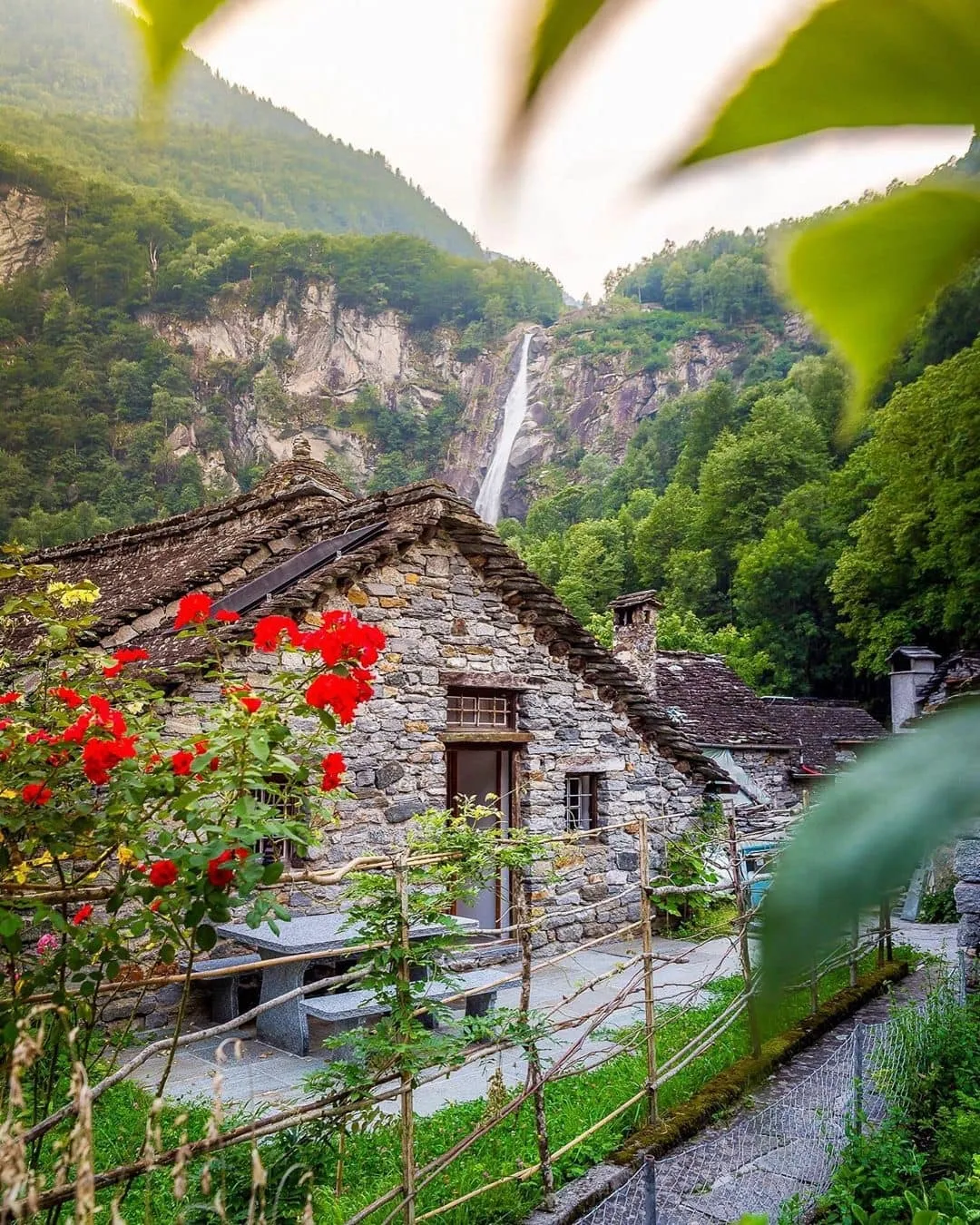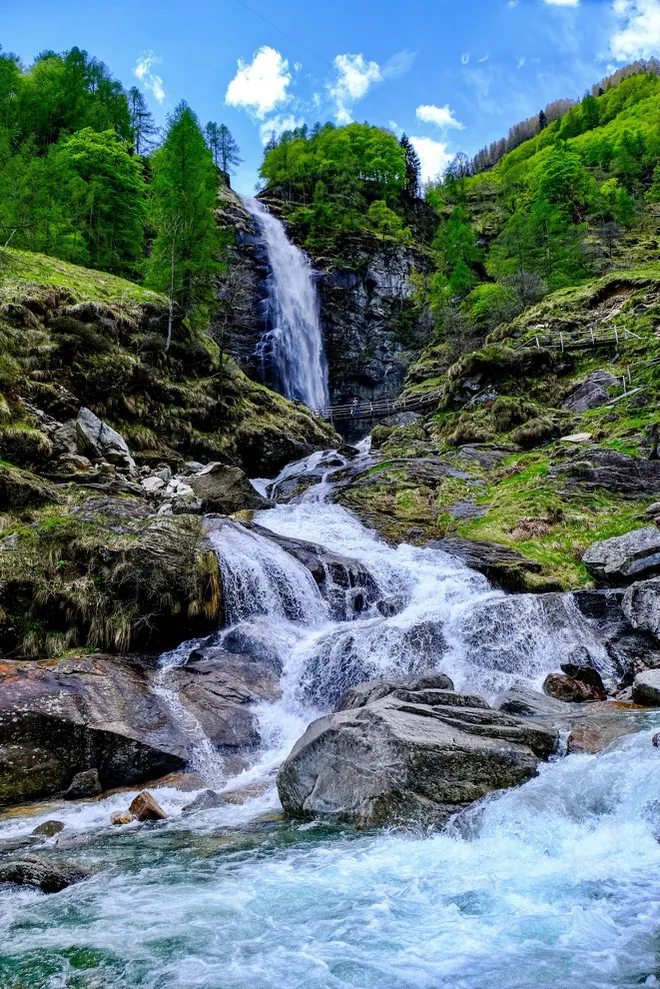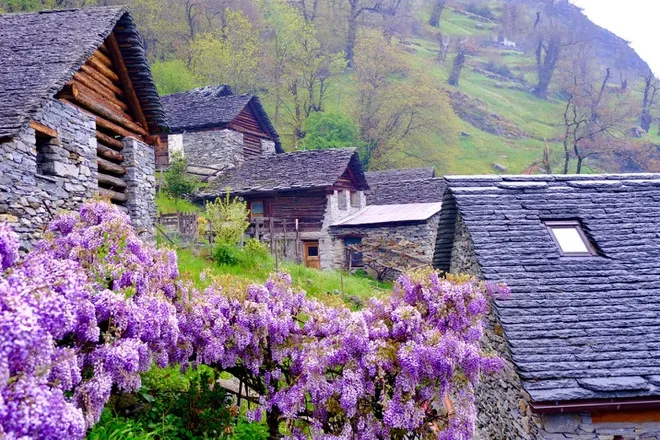Vietnam is not only famous for its long beaches and dynamic cities but also hides the rustic, unique beauty of ancient stone villages nestled deep in the mountains. Here, time seems to slow down, and simple life blends with majestic nature, creating a distinctive cultural picture that anyone who loves exploration cannot miss.
The stone villages in Vietnam, with their unique architecture and long history, are not only home to ethnic minorities but also valuable cultural heritages, demonstrating the creativity and adaptation of humans to harsh natural conditions. Join “Discovery To Wonders” to explore these hidden gems, where stone is not just a building material but also a part of life, culture, and history.
Unique Stone Architecture: Time’s Mark on The Walls
The stone villages in mountainous Vietnam often possess a raw, simple, yet incredibly impressive beauty. The primary building material is natural stone, quarried from the surrounding mountains, creating sturdy houses, roads, and fences that blend harmoniously with the natural landscape.
House architecture in these villages typically includes trình tường houses (earth-walled houses), stilt houses, or ground houses, with roofs made of stone or yin-yang tiles. The thick stone walls not only protect the house from harsh weather but also create a living space that is warm in winter and cool in summer.

Some villages also feature unique stone architectural works such as village gates, wells, churches, or ancient tombs, showcasing the creativity and skillful construction techniques of the local people. These structures are not only architecturally valuable but also carry profound cultural and historical significance, closely linked to the spiritual life and beliefs of the community.
Featured Destinations: A Journey to Explore Stone Villages
Vietnam has many unique stone villages scattered throughout the northern mountainous provinces such as Ha Giang, Lao Cai, Cao Bang, and Lang Son. Each village carries its own beauty, its own story, promising visitors unforgettable experiences.
- Ha Giang: Famous for the ancient stone villages of the H’Mong people in Dong Van and Meo Vac. Here, visitors can admire the unique trình tường houses, winding stone roads, and majestic terraced fields.
- Lao Cai: Sapa is a familiar destination, but few know that there are also stone villages of the Dao and Giay people with unique architecture, harmonizing with the poetic natural landscape.
- Cao Bang: This land is famous for the Pac Bo historical site and Ban Gioc waterfall, but it also has stone villages of the Tay and Nung people with traditional stilt houses and distinctive customs.
- Lang Son: Visitors can explore the stone villages of the Dao and Tay people in Mau Son and Chi Lang, with unique trình tường houses, traditional festivals, and attractive local specialties.
When exploring the stone villages in Vietnam, visitors not only admire the unique architectural beauty but also have the opportunity to learn about the culture, history, and life of ethnic minorities. This is a meaningful travel experience, helping visitors better understand the diversity and richness of Vietnamese culture.
Culture and Life: Slow Rhythm Amidst Mountains and Forests
Coming to the stone villages, visitors will feel a slow, peaceful rhythm of life, completely different from the noise and bustle of the city. The people here live in harmony with nature, attached to the land, fields, and traditional customs.
The culture of ethnic minorities in the stone villages is very diverse and rich, expressed through costumes, languages, music, festivals, and traditional handicrafts. Visitors can participate in the daily activities of the locals, such as farming, weaving, knitting, or enjoy local specialties.

In particular, traditional festivals are an opportunity for visitors to learn more about the spiritual culture and beliefs of the local people. These festivals are often held in spring or autumn, with many unique cultural and artistic activities, attracting a large number of locals and tourists to participate.
Local Cuisine: Mountain and Forest Flavors in Every Dish
The cuisine of the stone villages in mountainous Vietnam carries a strong flavor of mountains and forests, with dishes made from fresh, natural ingredients. Visitors can enjoy specialties such as thắng cố (horse meat hotpot), mèn mén (steamed corn flour), thịt trâu gác bếp (smoked buffalo meat), black chicken, lợn cắp nách (armpit-carried pig), ngũ sắc sticky rice (five-colored sticky rice), or wild vegetables, shiitake mushrooms, and bamboo shoots.
These dishes are not only delicious but also very nutritious, helping visitors boost their health and experience the unique flavors of the highlands. In addition, visitors can also enjoy local specialty drinks such as corn wine, táo mèo wine (Docynia indica wine), or Shan Tuyet tea, drinks imbued with the flavor of mountains and forests.

Travel Tips: Prepare For A Complete Trip
To have a complete and meaningful visit to the stone villages in mountainous Vietnam, visitors should note the following:
- Time: It is best to go in the dry season (from September to April of the following year) to avoid floods and slippery roads.
- Transportation: You should use motorbikes or high-clearance cars to travel on steep mountain roads.
- Accommodation: You can choose to stay in homestays, guesthouses, or hotels in nearby towns.
- Luggage: You should bring warm clothes, comfortable shoes, hats, sunscreen, and necessary medications.
- Culture: Respect the customs of the local people, dress modestly, and avoid making noise.
- Environment: Do not litter indiscriminately, maintain general hygiene, and protect the natural landscape.

Preservation and Development: Towards Sustainable Tourism
The stone villages in mountainous Vietnam are valuable cultural heritages that need to be preserved and promoted. However, tourism development needs to be carried out sustainably, avoiding negative impacts on the environment, culture, and life of the local people.
Specific policies and solutions are needed to protect traditional architecture, develop unique tourism products, improve service quality, and create conditions for local people to participate in tourism activities. At the same time, it is necessary to strengthen education on environmental and cultural protection for tourists and local people.

Conclusion
The unique stone villages in mountainous Vietnam are attractive destinations for those who love to explore the wild, rustic beauty of nature and culture. Coming here, visitors will experience a simple life, close to nature, and learn about the traditional cultural values of ethnic minorities. Come and feel it, so that the memories of the stone villages will forever be a beautiful part of your journey to discover Vietnam. Are you ready for a trip to these unique stone villages?